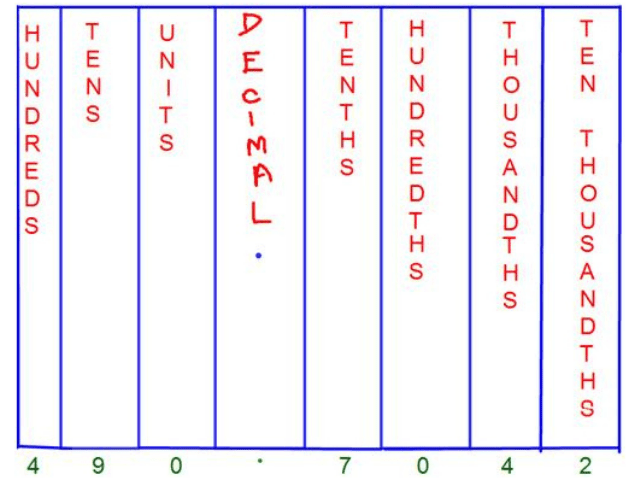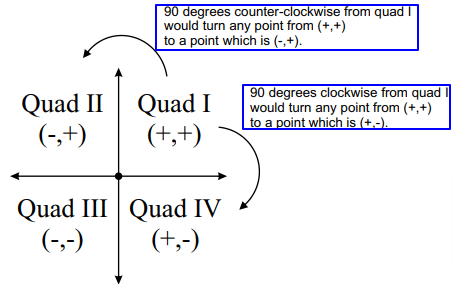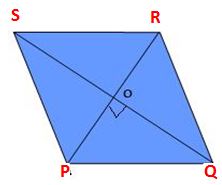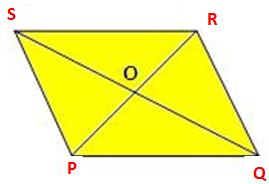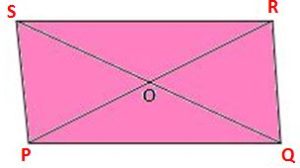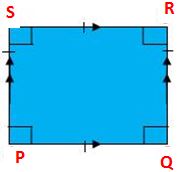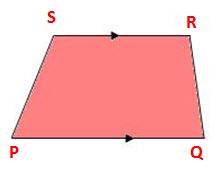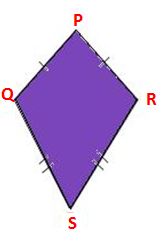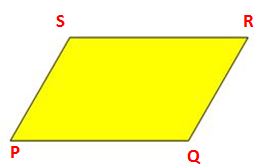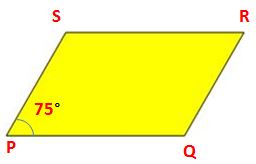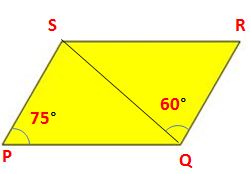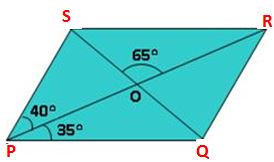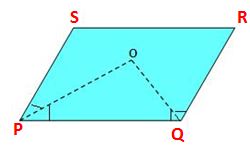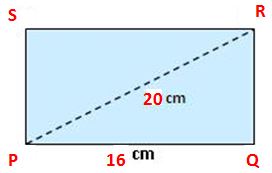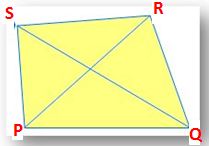Basically, Standard Form in Maths can be represented for numbers like decimal numbers, rational numbers, fractions, polynomials, equations, linear equations, etc. As we all know that the simplified form of the fractions called decimal numbers. Eventually, we can say that standard form is the representation of large numbers in small numbers irrespective of any form of numbers. In this article, we have explained what is the standard form of numbers, decimals, equations, etc. How to do it, Rules, and solved Standard form examples.
So, Let’s dive into it!
What is Standard Form?
A Standard Form is a process of formulating a given mathematical concept such as number, equation, polynomial, etc. in the standard form by following certain basic rules.
Standard Form of a Number
The definition of the standard form of a number is representing the very large expanded number in a small number. Here, we will see how to write a numerical in standard form with an example.
Now, we are taking a large number in the expanded form and convert the number into standard form.
Example:
Write the given expanded form into standard form.
10,00,00,000 + 5,00,00,000 + 4,00,000 + 80,000 + 2,000 + 60 + 9.
Solution:
With the help of this below table, we will write the given expanded form of number into the standard form of a number.
| TC | C | TL | L | Tth | Th | H | T | O |
| 1 | 0 | 0 | 0 | 0 | 0 | 0 | 0 | 0 |
| 5 | 0 | 0 | 0 | 0 | 0 | 0 | 0 | |
| 4 | 0 | 0 | 0 | 0 | 0 | |||
| 8 | 0 | 0 | 0 | 0 | ||||
| 2 | 0 | 0 | 0 | |||||
| 6 | 0 | |||||||
| 9 | ||||||||
| 1 | 5 | 0 | 4 | 8 | 2 | 0 | 6 | 9 |
Expanded Form Standard Form
10,00,00,000 + 5,00,00,000 + 4,00,000 + 80,000 + 2,000 + 60 + 9 = 150482069
Standard Form of a Decimal Number
In Britain, the Scientific Notation’s other name is the Standard Form. And in other countries, it means not in the form of the large expanded number. We all know that it’s tough to read numbers such as 0.000000002345678 or 12345678900000. In order to help you all while reading these large numbers, we convert them into standard form.
Any number which we will address as a decimal number, among 1.0 and 10.0, multiplied by a power of 10, is stated to be in standard form. For example, 0.67X10¹³ is in the standard form.
Example:
Write down the standard form of the given decimal number 5326.6?
Solution:
The given decimal number 5326.6 can be written in this way in a scientific notation:

Because 5326.6 = 53266 X 1000 = 5.3266 × 103.
Standard Form of a Linear Equation
The “Standard Form” for writing down a Linear Equation is Ax + By = C
A shouldn’t be negative, A and B shouldn’t both be zero, and A, B, and C should be integers.
Example:
Put this y = 7x + 4 in linear equation standard form?
Solution:
Given equation is Y= 7x + 4
Now, you have to change 7x from right to left like this, −7x + y = 4
Multiply all by −1:
7x − y = −4
Note: A = 7, B = −1, C = −4.
Standard Form of a Quadratic Equation
The Standard Form for writing down a Quadratic Equation is ax^2 + bx + c = 0, a is not equal to 0.
Example:
Put this equation x(x−1) = 4 in the standard form?
Solution:
Given equation is x(x−1) = 4
In the first step, you have to expand x(x−1):
x(x−1) = x² − x
x² − x = 4
Next step is to move the 4 numerical to left side,
x² − x − 4 = 0.
Where A=1, B= -1, C= -4
The standard form of a quadratic equation x(x−1) = 4 is x² − x − 4 = 0.
FAQs on Standard Form Rules in Maths
1. What is the standard form of an Equation?
An Equation in Standard Form looks like (some expression) = 0 ie., x + y = 0, where the left side of an equation are x and y terms and the Zero is on the right side.
2. What is meant by the standard form of a circle?
The graph of a circle is fully defined by its center and radius. The standard form for the equation of a circle is (x−h)²+(y−k)²=r². The center is (h,k) and the radius measures r units.
3. How to write 81 900 000 000 000 in standard form?
Steps on how to find or write the standard form of a given number ie., 81 900 000 000 000:
- In step-1, write the first digit 8
- Now, add a point then it becomes 8.
- Count the remaining digits after the digit 8 and write the count in the power of 10.
- For this example, there are 13 digits. So, the standard form of 81 900 000 000 000 is 8.19 × 10¹³.


